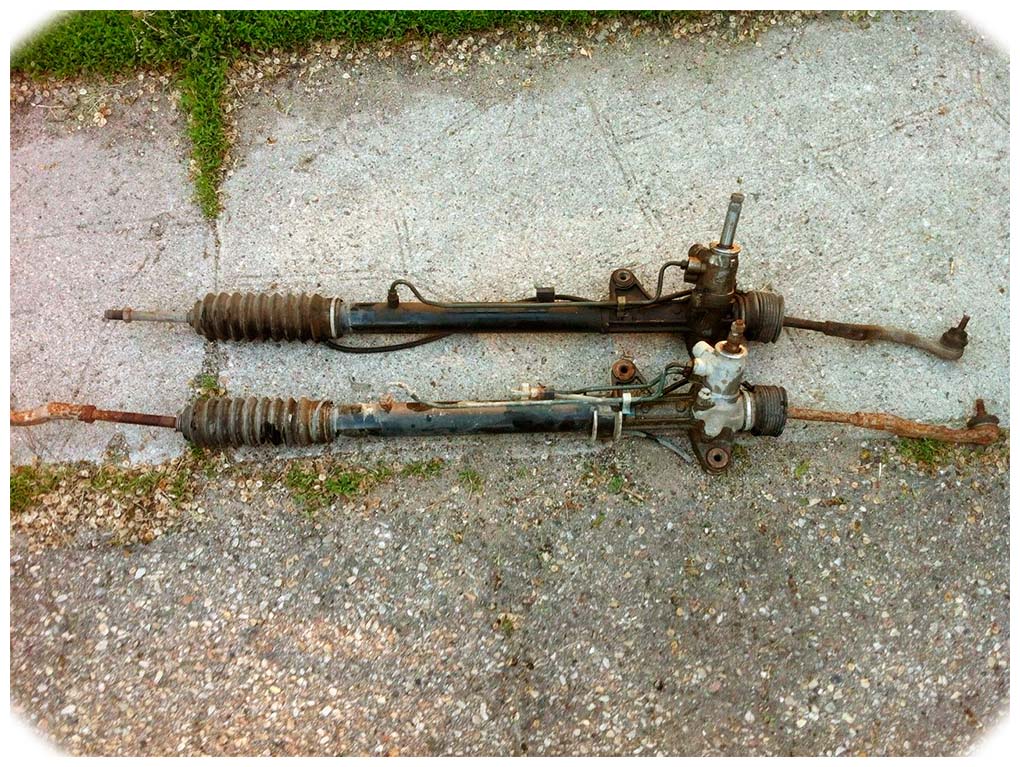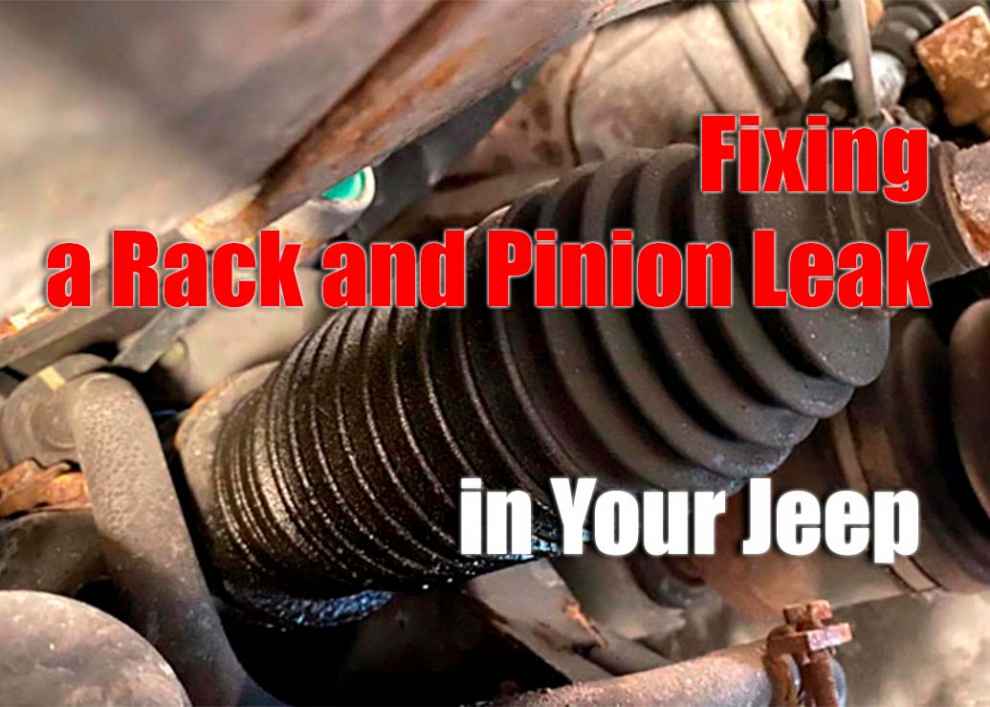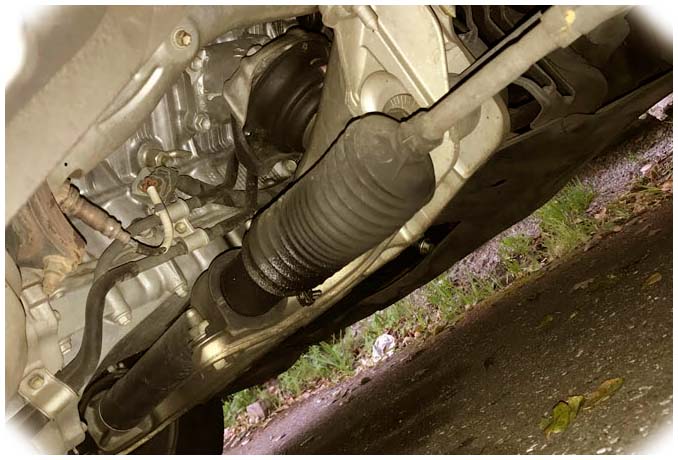Leaking fluids can be a major problem when it comes to the performance and safety of your Jeep. One common leak is in the rack and pinion steering system, which connects the steering wheel to the wheels of your vehicle. Knowing how to detect and fix a rack and pinion leak can help keep your Jeep running safely for many years to come.
What Is a Rack and Pinion Leak?
A rack and pinion system consists of two parts: a gear (the pinion) that turns when you turn the wheel, which moves a connected bar (the rack) that turns your wheels in the desired direction. Over time, this can cause wear on seals or gaskets that lead to leaks in the system. These leaks can be caused by dirt buildup or high temperatures affecting seals or gaskets.
How to Detect a Rack and Pinion Leak

-
Loss of power steering: If you struggle to turn the wheel when driving or it feels stiffer than usual, this could be a sign that your rack and pinion system is leaking.
-
Fluid leaks: Look around for signs of fluid leaking from your Jeep. Check underneath the vehicle for wet spots on the ground after it has been parked or driven. If any liquid is visible around the steering components, there’s a good chance it’s coming from a leaky rack and pinion system.
-
Grinding noise: You may hear a grinding noise while turning your wheel, which can be an indication of metal-on-metal contact due to seal failure in your rack and pinion system.
How to Repair a Rack and Pinion Leak
Once you have identified that there is indeed a leak in your Jeep’s rack and pinion system, you can begin to repair it with these steps:
-
Lift the Jeep’s front end so that you can access the underside of the vehicle more easily. Make sure to use jack stands or ramps for safety.
-
Remove the inspection cover, which is located near the steering rack.
-
Use a socket wrench to loosen and remove bolts that are holding the leaking part of the system in place.
-
Remove the leaking part and inspect it for any damage, such as cracks or wear from age. Replace any damaged parts if necessary.
-
Use a gasket scraper to clean off any old gasket material from where you will be installing your new parts.
-
Apply a thin layer of sealant around the edges of both surfaces and fit them together before securing with bolts and tightening them with an Allen wrench until they are snug.
-
Refill with power steering fluid according to your Jeep’s specifications before testing it out by turning the wheel left and right to make sure it is properly lubricated.
Conclusion
Fixing a rack and pinion leak in your Jeep is relatively simple if you have the right tools and knowledge. Take the time to inspect your vehicle regularly for any signs of leakage and keep up with routine maintenance to ensure that your Jeep runs safely and smoothly. With some patience, you can easily fix your rack and pinion leak yourself and get back on the road with minimal effort.

 Lift the Jeep’s front end so that you can access the underside of the vehicle more easily. Make sure to use jack stands or ramps for safety.
Lift the Jeep’s front end so that you can access the underside of the vehicle more easily. Make sure to use jack stands or ramps for safety.
Add Comment